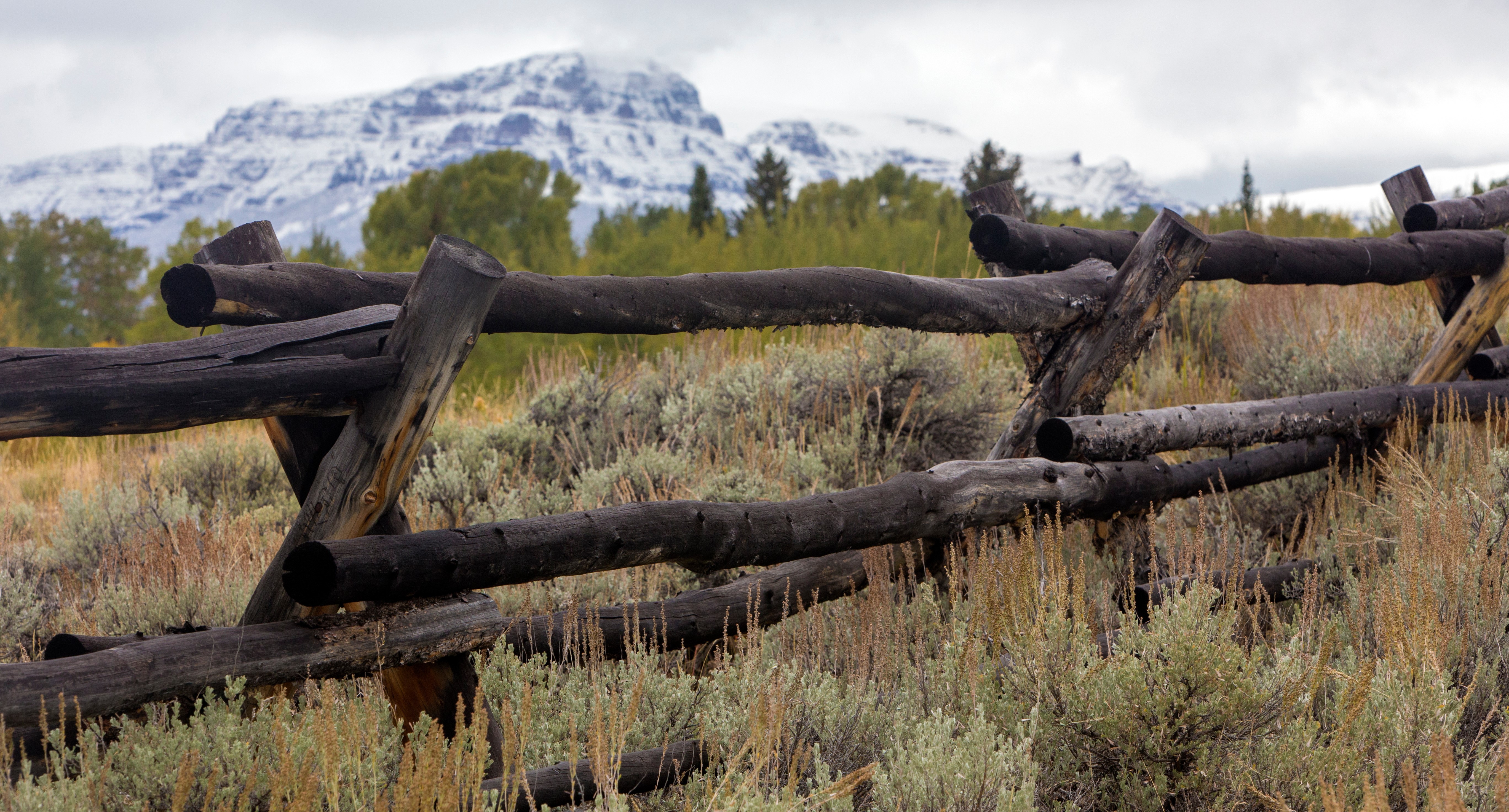
Darcy Helmick
The changing temperatures and turning of the leaves make a perfect environment for gathering and weaning, as well as appreciating the results of another year’s hard work!
Like many other producers, fall is my favorite time of year! Not only is it time to take a hard look at weaning weights and calf crop percentages, analyzing markets and opportunities, deciding what to cull and what to keep, it is also time to look at the conditions of summer permits and document compliance with federal permits. Leveraging the monitoring agreement between the United States Forest Service (USFS) and the Public Lands Council (PLC) to document this compliance is something several Idaho ranchers are doing. In addition to fall gathering and monitoring, most permittees are making fall applications for Bureau of Land Management (BLM) lands – looking at allotments to determine how fall green up is looking and creating fall and winter grazing management plans to access the needs for hay or additional pasture. Luckily in Idaho, we had a less severe fire season than “normal” years, and few permittees were burned out of winter range.
Speaking of fire, another huge benefit of fall rolling in is putting away my fire gear! For the past 10 years, with a one-year hiatus during my pregnancy, every spring myself and several other Idahoan ranchers attend our annual fire refresher course. All summer long, we pack around all our PPE (Personal Protection Equipment), fire radios and are constantly on the lookout for smoke! Currently, there are 10 RFPAs in Idaho covering 8.9 million acres of rangeland. As proof of their value, in the Jarbidge field office, before RFPAs, 1.8 million acres burned from 2002-2012. With RFPAs in place, only 618,000 acres have burned since 2013, a 1.16-million-acre decrease. Idaho’s RFPAs can be a pattern for not only wildfire fighting efforts across the arid West, but they also create solutions to other land management issues. We choose to use RFPAs as a model to show what we can accomplish in Idaho for the good of the land, the wildlife, and the people when we work together. As proud as we are of these accomplishments, we are glad when the first frost sets in, and we can store the fire gear for a few months!
We at Idaho Public Lands Council have been doing our best to stay abreast of forthcoming federal policies.
At the top of the list is the Conservation Rule. While we are not currently active in any stage of this process, we have all hands-on deck ready to move forward as needed when we see something published. This is a common theme, as it is how we are handling the proposed new Greater Sage-Grouse land use planning efforts. Rumors of drafts coming “soon” have us all on the edge of our seats, preparing to review with hopes that our state alternative made it into the Environmental Assessment! One great piece of news out of Idaho just hit the streets – the 10-year University of Idaho Grazing and Grouse study (funded partially with PLC grant funds) concluded that spring livestock grazing has no influence on nest successes of the greater sage grouse. In fact, according to the research, having cows on the ground has resulted in a greater abundance of insects, especially in the spring, when chicks rely on bugs for food! We are hopeful that this research will strengthen our position in working through the policy side of the grouse!
One specific Idaho issue we have been working on is Travel Management Planning (TMP). BLM is trying its best in some areas to meet the requirements of completing Travel Management Planning. Efforts in the southern portion of the state could be leveraged across the remainder of the state and we provided comment on an individual and state level, specifically regarding permittee access to properly care for allotments, and as to seasonal closures as they relate to Greater Sage-Grouse habitat. If approved, these TMPs could be utilized as templates for all other TMPs across the West, so we feel like this was a critical issue to be a part of.
Another emerging issue that we are facing in Idaho is an influx of applications for utility-scale renewable energy projects on federal lands within our state. These projects and associated infrastructure development would displace livestock grazing in the short term and have the potential for long term consequences that limit grazing, particularly in the case of solar development. As these projects enter into the public processes, we will assert our priorities regarding multiple use, the economic and conservation value of continued livestock grazing, and no net loss of grazing AUMs.
Hunting season is in full swing here, and mitigating impacts from recreation is at the top of everyone’s mind. The Idaho Rangeland Resource Commission has some great signs and tools available to help permittees – including signs to post on corrals for members of the public who aren’t aware of their interference of a cattle operation!
